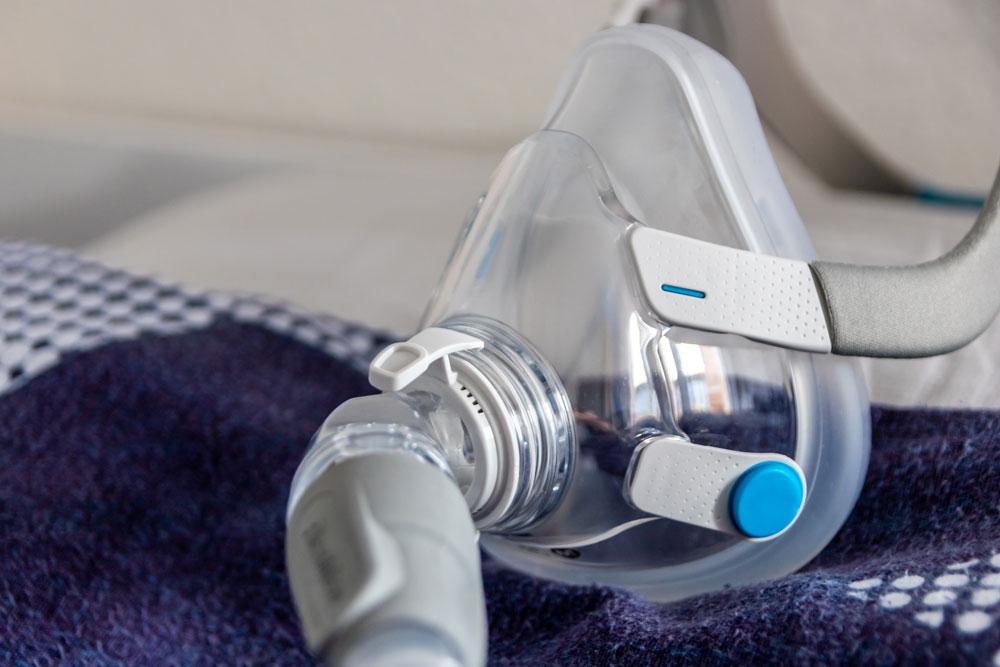Whether looking to buy technology from an established multinational cloud provider or a small start-up with a cutting-edge machine learning product, procurement law reforms mean awarding the contract isn’t necessarily simple. Jamie Foster, commercial lawyer at Hill Dickinson, explains the rules and how they might change
A range of things need to happen for the NHS to adopt and deploy technology, and one of these from a legal perspective is compliance with procurement rules.
The long-awaited coming into effect of the Health and Care Act on 1 July 2022 will bring in much discussed changes to procurement and competition law for the NHS, designed to better reflect current policy imperatives around integration as opposed to competition. In due course, these changes will sit alongside changes proposed as a result of the consultation exercise kicked off by the 2020 Green Paper ‘Transforming Public Procurement’ as now contained within the draft Procurement Bill and is likely to herald a new era in the way the NHS procures goods and services.
Of course, it is not news to anyone that these changes are coming into force at the same time that the pandemic has dramatically accelerated the adoption of digital technologies by the NHS. It is valid to ask whether the proposed changes to procurement law will make it any easier for the NHS to buy the best of these technologies.
The current position
At present, the Public Contract Regulations 2015 (PCR) require NHS bodies to compete contract opportunities for the provision of services on the open market where the value of the contract in question is £138,760 (inclusive of VAT) or more (or, in the case of other bodies such as Clinical Commissioning Groups and Health Education England, £213,477 (inclusive of VAT) or more). However, for clinical services, the Light Touch Regime (LTR) within the PCR provides for a higher threshold (£663,540) (inclusive of VAT where applicable) before the requirement to tender to the market kicks in and when it does there is more flexibility as to structuring the procurement process itself. However, difficulty arises when awarding contracts for technology services because it is not always clear whether what is being procured is a “pure” technology service or clinical service delivered through technology.
The legal answer to that question is that the so-called ‘dominant’ aspect of what is being contracted for takes priority; for instance, if a purchase is more weighted towards clinical services than technology, then the NHS body will not necessarily have to advertise to the market unless the value of the contract is over the £663,540 threshold (though even if the contract value is below that threshold the NHS body will still have to comply with general procurement law principles of transparency and fairness of treatment).
In contrast, where the dominant aspect of the contract is technology, such purchases are subject to the full PCR procurement regime and the lower threshold will apply. It is not always easy to work out what the dominant aspect of a contract is.
The PCR does of course offer a range of exemptions for when competitive procurement is not required. Unfortunately, in most cases the exemptions are unlikely to apply. For example, the ‘extreme urgency’ exemption under Regulation 32 of the PCR which was used extensively at the start of the pandemic is unlikely to be available as it can only be relied on in genuinely urgent and unforeseeable circumstances. Equally, the argument that there is only one provider capable of delivering the service is difficult to run in a market as competitive as health technology.
Frameworks
However, one option which is becoming increasingly relevant and helpful is the use of frameworks, which are becoming the most common way of buying digital products in the NHS. Where frameworks are established, NHS customers can call off contracts from providers on the frameworks without having to run their own full-blown competitions. Buyers may choose to run mini competitions for providers on the frameworks, to preserve commercial leverage.
Historically there have been a range of frameworks which NHS buyers could use at their option for procurement of digital and IT solutions. However, we understand that NHS England and NHS Improvement recently issued guidance recommending which framework agreements could be used – the guidance recommends 36 framework agreements across six category “pillars” including clinical and non-clinical hardware, software/SaaS/Apps, Services, etc. It also summarises the minimum standards for each pillar. The guidance recommends that NHS buyers should use these frameworks for all digital buying and should be able to justify the rationale for not using them, but the guidance is not mandatory, and buyers should always choose the right option for the particular solution they are looking to buy.
An example of such a framework is the Clinical Digital Professional Solutions Framework (CDPSF) set up by the London Procurement Partnership (LPP), one of four national procurement hubs uniquely owned by its members (predominantly NHS bodies). Another is NHSX’s Spark Dynamic Purchasing System for remote monitoring. There is also the government’s G Cloud framework, a digital marketplace for cloud services available to all public sector organisations and currently open to its thirteenth iteration.
What’s changing?
The Health and Care Act 2022 promises to have a major effect on NHS procurement, with the introduction of the Provider Selection Regime (PSR). The government argues that this new regime will ensure services are procured in the best interests of patients and will remove many of the obligations imposed by the Health and Social Care Act 2012 around competitive tendering. It is worth bearing in mind, however, that at the time of writing it is expected that the PSR is unlikely to come into force until December 2022 at the earliest rather than being concurrent with the formation of the Integrated Care Boards (ICBs) on 1 July 2022, which will cause some concern immediately since ICB commissioners will have to keep following the LTR for another five months after they are created.
Utilising PSR
Although not expressly excluded, the rules around the procurement of digital technology by NHS bodies are unlikely to be directly affected by the new regime, as the PSR is focussed on clinical services. The PSR consultation documents recognise the issue of ‘mixed procurements’ but consider these in the context of integral services and social care rather than the procurement of digital technology
However, one potentially significant change which could alter our perspective upon the manner in which digital contracts are procured is in those instances where the determination of whether what is required is a health / social care service or a technology service is not clear cut. Whereas currently the predominant value answers this question, as noted above, moving forward under the PSR the question becomes one of what the “primary aim” is of the procurement – where this is health / social care service provision, but the tech side of things are nonetheless of a greater value, it is potentially arguable at least that the PSR could be utilised instead of PCR as the route to contract award.
Except as described above, procurement rules around digital technology will fall under the new Procurement Bill which has now been published, but which are not likely to come into law until late into 2023 at the earliest, but until the granular detail of both the PSR and the final text of the Procurement Bill are clear, the rules applying to digital technology and mixed procurement remain unclear.
For now, the only option for NHS buyers is to continue to consider the ‘dominant’ aspect principle when awarding contracts, and to look to the ever-growing number of frameworks as potentially the easiest way of awarding contracts. L
Jamie Foster is a commercial lawyer at Hill Dickinson LLP, specialising in the health and life sciences sectors. Clients include life sciences businesses, NHS organisations, private hospitals and clinics, academic and research institutions, charities and social enterprises, and start-ups. Jamie is a member of Tech London Advocates and frequently presents on life sciences and health topics, including recently to networks such as SEHTA, Medilink, Eagle Labs HealthTech, Health Foundry, Propel YH, the Independent Doctors Federation (IDF),and the NHS Governance Assurance and Risk Network.





